I know that when a HTTP request is made, packets are sent from a seemingly-random high-numbered port (e.g. 4575) on the client to port 80 on the server. Then the server sends the reply to the same high-numbered port, the router knows to route that to the client computer, and all is complete.
My question is: How is the return port (4575 in this example) determined? Is it random? If so, within what range? Are there any constraints on it? What happens, for example, if two computers in a LAN send HTTP requests with the same source port to the same website? How does the router know which one to route to which computer? Or maybe this situation is rare enough that no-one bothered to defend against it?
